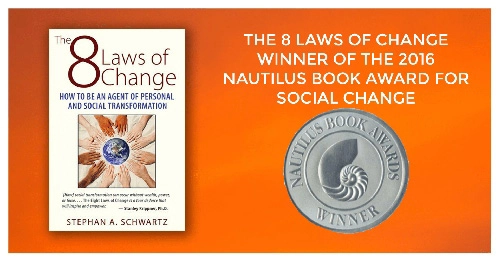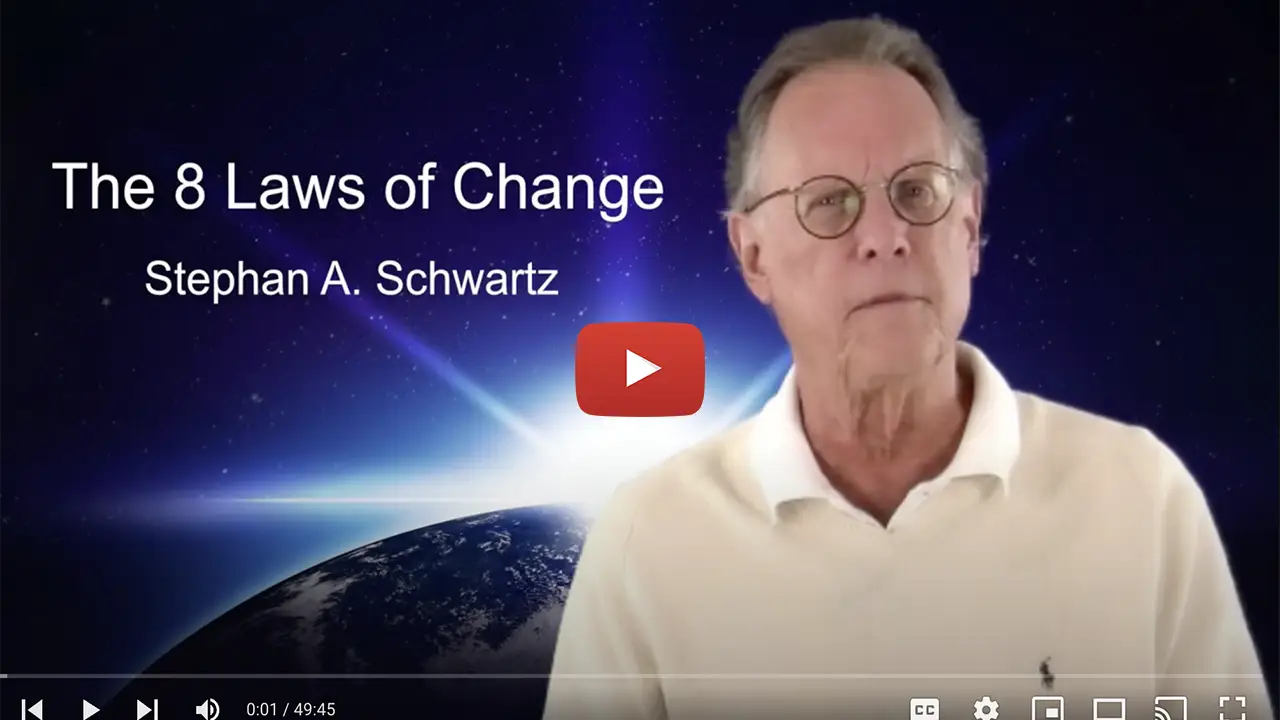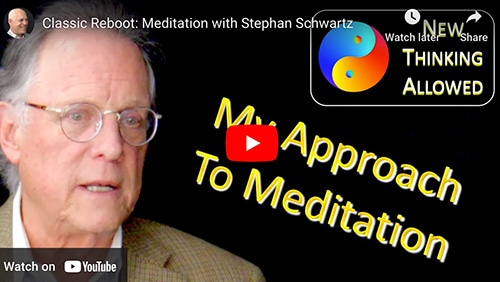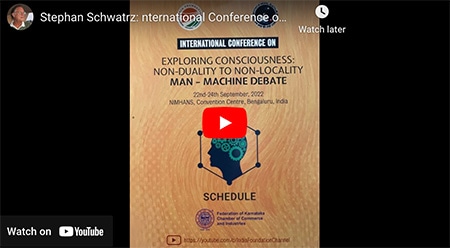Tuesday, August 11th, 2015
MARI YAMAGUCHI and ELAINE KURTENBACH, - The Associated Press
Stephan: It's hard to kill the nuclear monster. Here is the latest on Japanese civilian nuclear power.

This aerial photo shows reactors of No. 1, right, and No. 2, left, at the Sendai Nuclear Power Station in Satsumasendai, Kagoshima prefecture, southern Japan, Tuesday, Aug. 11, 2015. Kyushu Electric Power Co. said Tuesday, Aug. 11, 2015, it had restarted the No. 1 reactor at its Sendai nuclear plant as planned. The restart marks Japan’s return to nuclear energy four-and-half-years after the 2011 meltdowns at the Fukushima Dai-ichi nuclear power plant in northeastern Japan following an earthquake and tsunami.
Credit: Kyodo News via AP
TOKYO — A power plant operator in […]
No Comments
Tuesday, August 11th, 2015
Ian Millhiser, - Think Progress
Stephan: The Corporate Theocratic Right is inherently fascist, and dedicated to limiting the franchise? You can see this easily in the Red value states, and no where more than in Texas. He is how blatant it has become there.

Credit: AP Photo/Marc Levy
A Texas law, which closely resembles similar laws erecting obstacles to the franchise in other states, does far more to keep voters from casting a ballot than previously thought, according to a study conducted by researchers at Rice University and the University of Houston.
Typically, analysts examining how voter ID laws affect turnout have honed in on voters who lack ID as the obvious victims of such a law. The Rice/Houston study, however, reveals that these laws reach far beyond the universe of people without IDs. “[T]he most significant impact of the Texas voter photo ID law on voter participation,” at least within the congressional district examined by the study, “was to discourage turnout among registered voters who did indeed possess an approved form of photo ID, but through some combination of misunderstanding, doubt or lack of knowledge, believed that they did not possess the necessary photo identification.”
The study surveyed 400 registered voters who did not cast a ballot in the November 2014 election. All of these […]
No Comments
Tuesday, August 11th, 2015
Stephan: At a $800 this could be the next big thing.

The small-but-capable WalkCar
Credit: Cocoa Motors
We’ve seen some highly-portable electric vehicles before, including diminutive scooters and skateboards. Cocoa Motors’ new WalkCar, however, makes those gizmos look huge. It’s used more or less like a Segway, but it’s not much bigger than a laptop.
The WalkCar has four tiny wheels, an aluminum body, and is intended to be carried in an included bag when not in use.
Steering is achieved by shifting your weight, while acceleration and braking happen automatically when you step on or off. Its top speed is 10 km/h (6.2 mph) and its built-in battery takes three hours to charge via USB, providing a range of 12 km (7.5 miles).
Although it looks pretty puny, the WalkCar is reportedly powerful enough to push a person in a wheelchair up an incline, and it can handle payloads weighing up to 120 kg (265 lb).
We’ve reached out to its Japan-based designer for more details, but are still waiting to hear back. One thing […]
No Comments
Tuesday, August 11th, 2015
Gordon Love, Professor of Physics at Durham University. - The Raw Story
Stephan: Here the latest on cat research; I found it fascinating.
 Wolves and foxes are closely related and share many of the same characteristics. But look at their eyes – where wolves have rounded pupils like humans, foxes instead have a thin vertical line. But it isn’t just canines –across the animal kingdom, pupils come in all shapes and sizes. So why the differences?
Wolves and foxes are closely related and share many of the same characteristics. But look at their eyes – where wolves have rounded pupils like humans, foxes instead have a thin vertical line. But it isn’t just canines –across the animal kingdom, pupils come in all shapes and sizes. So why the differences?
It’s a question that has long interested scientists working on vision and optics. In a new study published in the journal Science Advances, colleagues from Durham, Berkeley and I explain why these pupil shapes have developed.
Goats, sheep, horses, domestic cats, and numerous other animals have pupils which vary from fully circular in faint light to narrow slits or rectangles in bright light. The established theory for this is that elongated pupils allow greater control of the amount of light entering the eye. For instance, a domestic cat can change its pupil area by a factor of 135 from fully dilated to fully constricted, whereas humans, with a round pupil, can only change area by a factor of 15. This is particularly useful for animals […]
No Comments
Monday, August 10th, 2015
Akbar Ganji, Intl. Press Association World Press Freedom Hero - The Huffington Post
Stephan: Here is a rather scholarly expansion by a non-American of President Jimmy Carter's essay about America becoming an oligarchy. It is not an attractive story, and we should all be taking this very seriously. The quality of our lives and the lives of our children, and their children depends upon it.

Credit: www.jurisdictions.steamforum.com
The United States has the world’s largest economy, is the most important contributor to scientific advancements, has the most powerful military and some of the best universities in the world, is a democratic state, and accepts more immigrants than any other nation. But, over time the democratic foundations of the United States, equality of the citizens and their human rights, have been eroding. It is impossible to make inequality a pillar of the structure of the state and deepen its roots, and yet to be proud and claim that the citizens have equal voting rights. When all types of inequalities take deep roots and expand, citizens lose their power to influence the political process. Let us take a look at some facts.
Discrimination against the American Dream
In his books, Inequality Examined, Development as Freedom, and The Idea of Justice, Harvard Professor and Indian economist and philosopher Amartya Sen links equality to the capabilities theory, an idea that was expanded […]
No Comments














